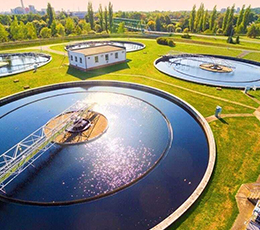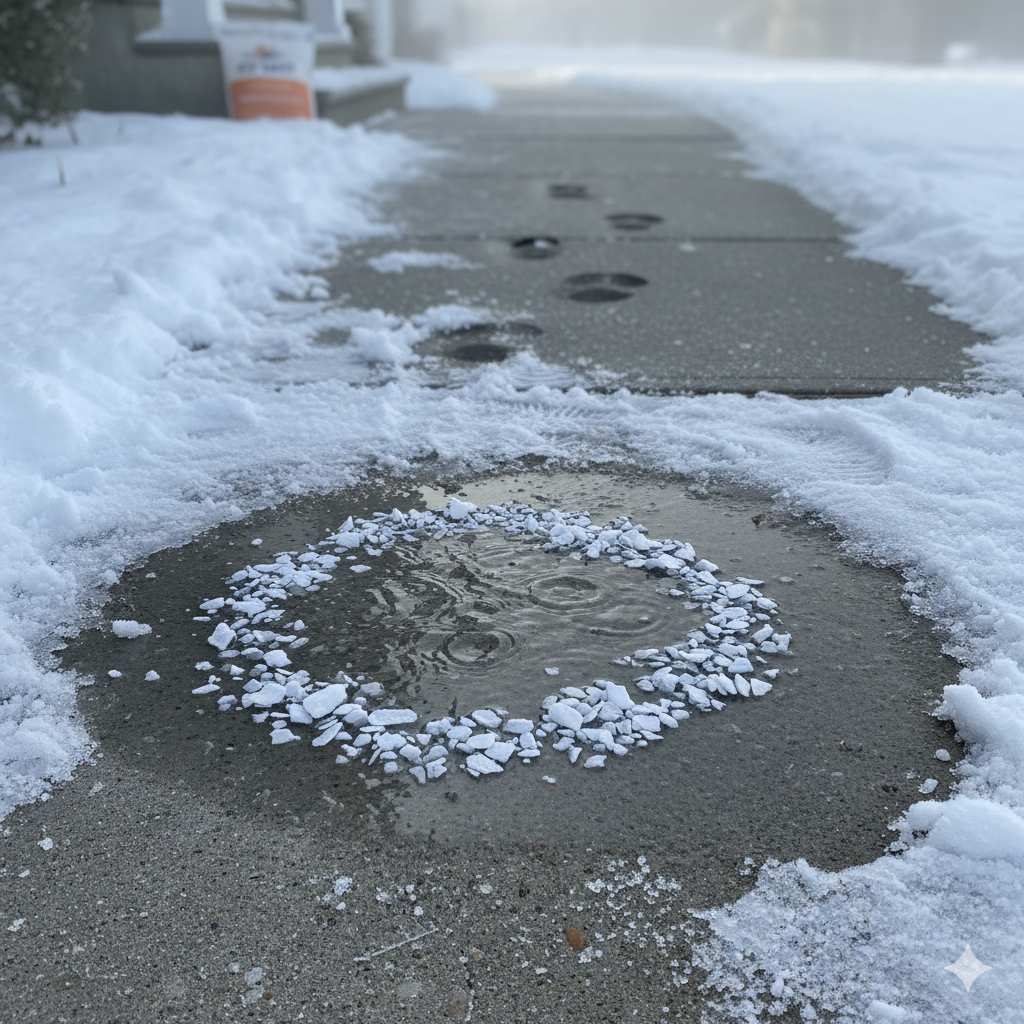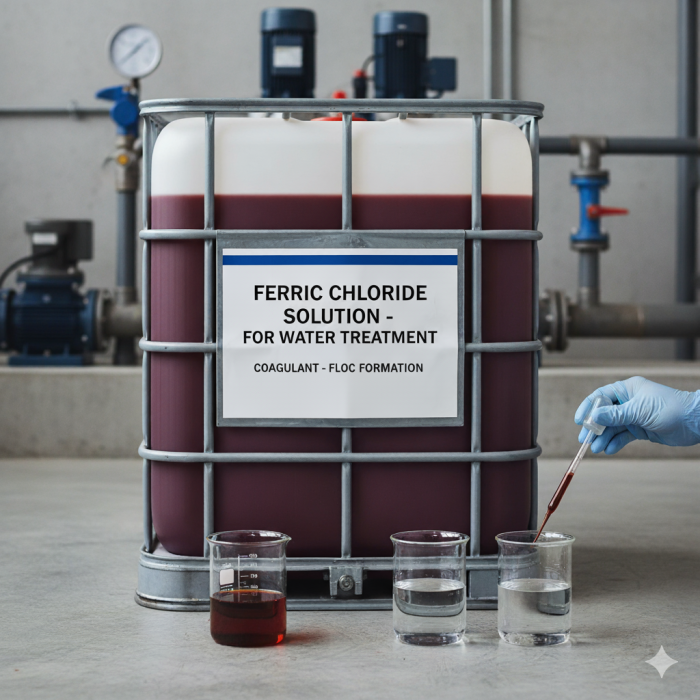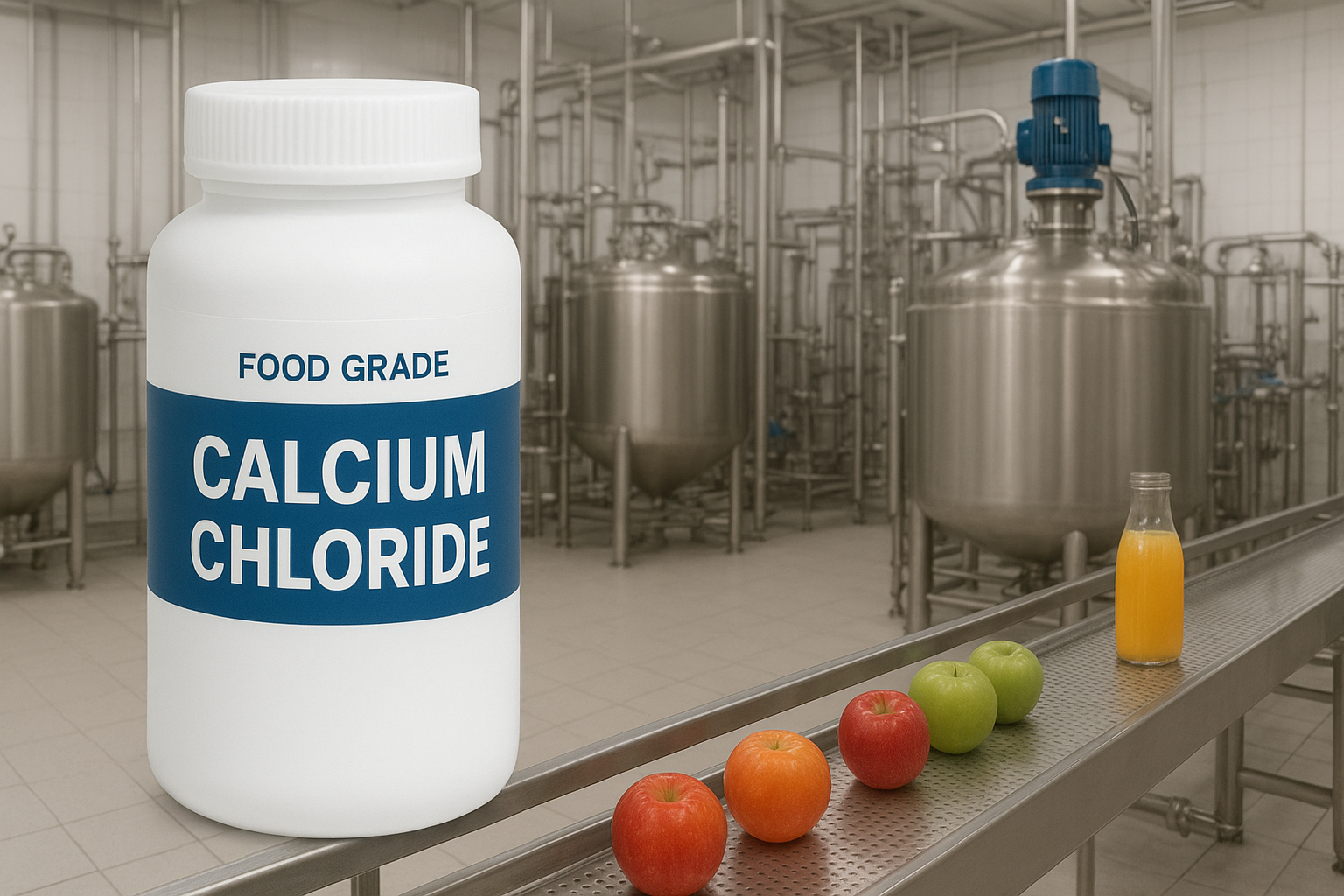When winter arrives, ice-covered roads, driveways, and sidewalks can quickly become dangerous. Slippery surfaces cause accidents and make travel difficult. To solve this, many people use deicing agents, chemicals that melt ice and snow. Among all of them, calcium chloride stands out as one of the most powerful and reliable ice melts.
In this complete guide, you’ll explore what calcium chloride is, how it works, why it’s effective, how to use it safely, and why Globex Venture’s calcium chloride is a trusted choice for snow and ice removal.
What Is Calcium Chloride?
Calcium chloride (CaCl₂) is a white, salt-like compound made from calcium and chlorine. It can be found in several forms: flakes, prills, lumps, or powder and is known for its ability to absorb moisture and release heat when dissolved in water.
How Calcium Chloride Works to Melt Ice and Snow
Calcium chloride melts ice through a simple but powerful process:
- Moisture Absorption – Calcium chloride attracts moisture from the air or ice surface, helping it start the melting process instantly.
- Brine Formation – It dissolves quickly to form a brine solution that lowers the freezing point of water, preventing ice from reforming.
- Heat Generation – The dissolution process is exothermic, releasing heat that accelerates melting even in extreme cold.
- Low-Temperature Efficiency – Effective down to –25°C (–13°F), it works where traditional rock salt fails.
- Fast and Long-Lasting Action – Begins melting almost immediately and provides longer protection against refreezing on roads, sidewalks, and parking areas.
That’s why calcium chloride is commonly used on roads, bridges, parking lots, sidewalks, and even airports during freezing weather.
Benefits of Using Calcium Chloride as a Deicer
Here’s why it’s the preferred choice over many other deicing materials:
1. Works in Extreme Cold
While rock salt stops working around –7°C, calcium chloride keeps melting ice in much colder conditions making it ideal for areas with severe winters.
2. Fast-Acting Formula
It starts melting ice as soon as it’s applied, saving time for snow contractors, municipalities, and homeowners.
3. Prevents Re-Freezing
The liquid brine it creates remains active longer, reducing re-icing and making surfaces safer.
4. Cost-Effective in the Long Run
Even though the price per bag might be higher, you use less calcium chloride than rock salt to get the same results lowering your total usage.
5. Multiple Forms Available
Flakes, prills, and liquid calcium chloride can all be used depending on your specific needs Globex Venture offers all these options to fit various applications.
Applications: Where Calcium Chloride Is Used
Calcium chloride deicer is highly versatile. Here are some of the most common uses:
- City roads & highways – Keeps traffic moving during snowstorms
- Driveways & sidewalks – Reduces slip hazards at homes and offices
- Parking lots & commercial areas – Prevents accidents for vehicles and pedestrians
- Airports & runways – Provides faster melting for high-safety zones
- Industrial sites – Used for both ice removal and dust control during winter
Globex Venture’s calcium chloride is trusted by industrial buyers, municipalities, and contractors worldwide for these applications.
How to Use Calcium Chloride Safely & Effectively
Using CaCl₂ properly ensures good results and reduces risks:
- Choose the right form: Use flakes or pellets for solid spreading, or liquid (if available) for anti-icing.
- Spread evenly: Use a spreader, hand applicator, or calibrated dispenser for uniform distribution.
- Use appropriate amounts: Don’t overapply. A light, even coat works better than dumping a lot in one area.
- Apply pre-emptively if possible: Some CaCl₂ products can be used before a snowfall (anti-icing) so that snow doesn’t bond to the surface.
- Monitor and reapply: After heavy snowfall or compaction, reapply lightly as necessary.
- Clean residue (if needed): After thawing, residual salt can be washed or swept away to reduce buildup or harm to surfaces.
Risks, Safety & Environmental Considerations
Even though CaCl₂ is effective, it needs to be handled responsibly:
- Concrete damage: On new or poor-quality concrete, overuse may cause scaling or spalling. Avoid using concrete less than one year old.
- Corrosion & metals: High chloride concentrations can corrode steel and metal surfaces. Use inhibitors or coatings if needed.
- Plants & soils: Runoff can harm vegetation. Use minimal effective amounts near lawns or gardens.
- Pets & wildlife: The chemical may irritate paws. Rinse their feet when they walk on treated surfaces.
- Personal safety: Wear gloves, eye protection, and avoid inhaling fine dust.
- Storage: Store in dry, airtight containers to prevent moisture pickup and caking.
Using moderate amounts and limiting contact with sensitive materials helps mitigate most risks.
Why Choose Globex Venture for Deicing Needs
- High purity, consistent quality calcium chloride products.
- Multiple physical forms (powder, lumps, prills) to match different usage demands.
- Global supply capability and packaging flexibility.
- Applications beyond deicing so you can consolidate suppliers if you also need CaCl₂ for dust control, concrete work, or water treatment.
Conclusion: A Smart Choice for Safer Winters
Calcium chloride is one of the most powerful and dependable deicers available. It works faster, melts ice in colder temperatures, and prevents re-freezing better than regular salt.
Whether you’re managing a commercial parking lot, clearing a driveway, or keeping sidewalks safe, calcium chloride gives you reliable results even in freezing weather.
And when it comes to quality and supply, Globex Venture offers premium-grade calcium chloride suitable for all your deicing and industrial needs.
FAQ
Q1. Is calcium chloride safe for concrete?
Yes, but avoid using it on new concrete. Seal older surfaces for better protection.
Q2. How fast does calcium chloride work?
It starts melting ice within minutes, even at very low temperatures.
Q3. Can I use calcium chloride before snow falls?
Yes! It works great as a pre-treatment to prevent snow from sticking to the surface.




